Adding Molding Capabilities Strengthens Moldmaking
In a highly competitive market, offering your customers molding services in addition to mold manufacturing is a wise business decision to differentiate your company from the competition.
In a highly competitive market, offering your customers molding services in addition to mold manufacturing is a wise business decision to differentiate your company from the competition. Montrose Molders (South Plainfield, NJ) takes this concept to the next level by being a full-service facility—with capabilities from part and mold design, tool production and maintenance, molding, assembly and part decoration services.
The company is heavily involved in the point-of-purchase display industry, a market that creates displays—generally for product launches—that would be set up in retail stores to create aesthetic venue for the product. The displays Montrose manufactures are mostly geared toward cosmetics, hair care and hygiene products. Additionally, the company services the consumer goods, lawn and garden, industrial, automotive and lighting markets.
Montrose used to be Continental Precision Corp., a moldmaking company founded by William B. Wilson in 1966. As this 22-employee shop established itself, customers began to request that Continental Precision sample the molds before they were shipped out. So in 1972 the company purchased a few injection presses to service its customers’ injection molding needs, and Montrose Molders was incorporated as the injection molding sister company. In 2009, Continental Precision was dissolved in order to clear up any confusion that arose between the two companies, and both companies now operate as Montrose Molders under the direction of Wilson’s son, also named William.
According to William’s son Brendan, who is Montrose’s VP Operations, the company operates 24/5 with between 150 and 200 employees—depending on workload. “We have a department responsible for the assembly of parts that we produce,” Brendan explains. “Because not all of our customers provide us with jobs in which assembly is required, the workload in this department fluctuates. For this reason, we have many temporary workers to smooth out this demand fluctuation, which causes our employee base to fluctuate as well.”
Brendan adds that the employee base is relatively young because of its aforementioned fast-pace culture. “Schedules and plans change quickly and decisions need to be made on the fly,” he elaborates. “This—in addition to a number of other intangibles—generally attracts a younger, more energetic demographic. Our ability to attract a more vibrant employee feeds this culture. We do have six employees that have been with the company for more than 20 years. All of this sets us apart from many of our competitors in an industry that is finding it hard to remain young, energized and adaptive.”
Molding Advice
Brendan advises those moldmakers who wish to add presses to make sure they zero in on what industry or industries they’d like to specialize in. “For example, a future molder interested in a going after medical work should be prepared for passing a grueling laundry list of quality standards as well as maintaining a cleanroom and employing the engineers necessary to operate such a facility,” he states. “It’s costly and the barriers to entry are high, but the margins justify the means. Because we specialize in the point-of-purchase display industry, we often deal with projects that require up to 15 tools with broad size and cavitation ranges. For this reason, our clients appreciate the fact that our 34 injection presses range from 30 to 1,000 tons. Other industries might require lesser standards, but regardless of where and when you start and which industry you decide to target, it’s important to do it right the first time. In an increasingly global industry, it is of paramount importance to remain competitive. For this reason, a lean and efficient operation must be part of the strategic plan. This need to remain competitive is the major challenge facing North American moldmakers and molders and it drives the need to continually improve their operations.
“In terms of financial and technological considerations, it really depends on the industry, the geographic region, and the nature of your customer base,” Brendan adds.
Supplying the Demand
Brendan expects Montrose will grow significantly as the economy improves and its clients’ demand “gets back to pre-recession” levels. And, although a little more than half of Montrose’s business comes from the point-of-purchase display industry, the company plans on diversifying “heavily” into new industries like law enforcement and consumer products. “We are spreading our eggs into different baskets,” Brendan comments, “with the intention to hedge against risk. We recently came across a customer that was trying to launch an innovative law enforcement product, so we eagerly hopped on the opportunity. We are assisting with the R&D, engineering the tooling and manufacturing the part. This is just one of many examples of similar situations that we are involved with—while still maintaining our current level of production—by making sure we are giving our existing customers the same amount of attention. According to our business philosophy, this is the perfect recipe: Find new relationships while continuing to nurture the current ones.”
Related Content
R&D Tax Credit Refresher
A list of the top 10 moldmaking activities frequently performed through daily business that qualifies for an R&D tax credit.
Read MoreTreatment and Disposal of Used Metalworking Fluids
With greater emphasis on fluid longevity and fluid recycling, it is important to remember that water-based metalworking fluids are “consumable” and have a finite life.
Read MoreCeramic Deburring, Deflashing Tools Take Into Consideration Difficult Materials, Operator Safety
Boride Engineered Abrasives introduces its new mold polishing equipment, the Work Finisher Tool, which is lightweight, long lasting, won’t rust and is safer and easier to use.
Read MoreMoldMaking Conference Session Spotlight: Data
Want to learn about digital workflows in mold design or ERP or global mold monitoring and asset management or the impact of tooling digitalization?
Read MoreRead Next
How to Use Continuing Education to Remain Competitive in Moldmaking
Continued training helps moldmakers make tooling decisions and properly use the latest cutting tool to efficiently machine high-quality molds.
Read MoreAre You a Moldmaker Considering 3D Printing? Consider the 3D Printing Workshop at NPE2024
Presentations will cover 3D printing for mold tooling, material innovation, product development, bridge production and full-scale, high-volume additive manufacturing.
Read MoreHow to Use Strategic Planning Tools, Data to Manage the Human Side of Business
Q&A with Marion Wells, MMT EAB member and founder of Human Asset Management.
Read More
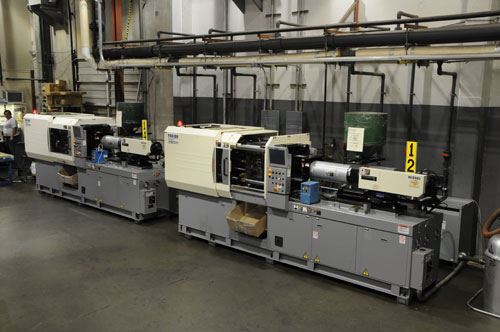
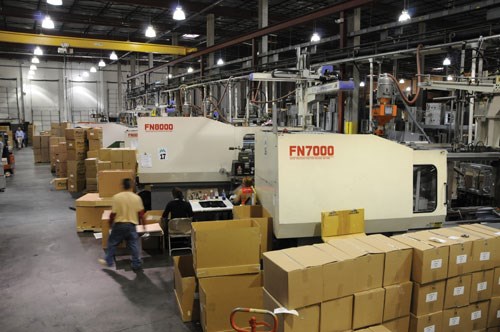
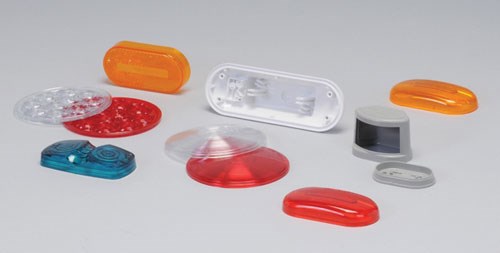
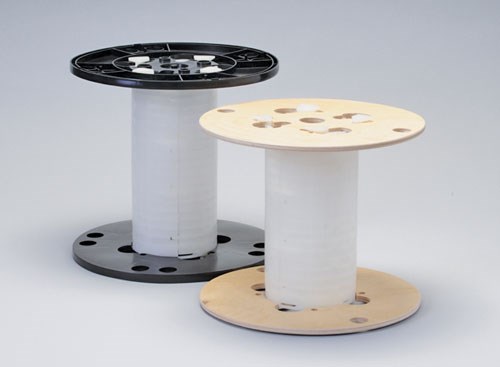













.jpg;maxWidth=300;quality=90)






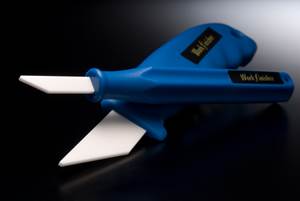
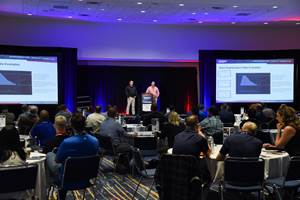



.jpg;maxWidth=970;quality=90)